

Engage prospects with a scan and streamline customer engagement with FREE QR code marketing tools by Sona – no strings attached!
Create a Free QR CodeFree consultation

No commitment

Engage prospects with a scan and streamline customer engagement with FREE QR code marketing tools by Sona – no strings attached!
Create a Free QR CodeFree consultation

No commitment
It appears the article content was not included in your message. Please paste the article section you would like me to review and revise, and I'll proceed according to your guidelines.
QR codes have transformed wholesale plumbing fixture suppliers from traditional sales channels into dynamic, measurable growth engines. Whether it’s streamlining product information access, enhancing client interactions, or accelerating order placements, QR codes replace cumbersome processes with instant, mobile-friendly solutions that capture real-time engagement data—turning every product and catalog into a powerful sales tool. Imagine knowing exactly which fixtures attract the most interest and being able to respond instantly to customer needs without delay.
With Sona QR, creating dynamic, trackable QR codes is effortless. Update campaigns on the fly without reprinting materials, monitor scan activity in real time, and link every interaction directly to revenue growth. No missed leads, no wasted resources—just smarter, faster, and more profitable wholesale operations. Start for free with Sona QR today and turn every scan into a seamless connection, an informed purchase, or a long-term client relationship.
The article does not provide specific names of the top wholesale plumbing fixture suppliers in the US.
To choose a reliable wholesale plumbing supplier, consider factors such as product quality, pricing, supplier reputation, customer service, and delivery times.
Using a wholesale plumbing supplier offers benefits such as lower prices, access to a wide range of products, and the ability to purchase in bulk.
Compare prices and quality by reviewing product catalogs, requesting samples, reading customer reviews, and evaluating supplier terms and conditions.
The article does not specify the most popular plumbing fixtures and supplies for wholesalers.
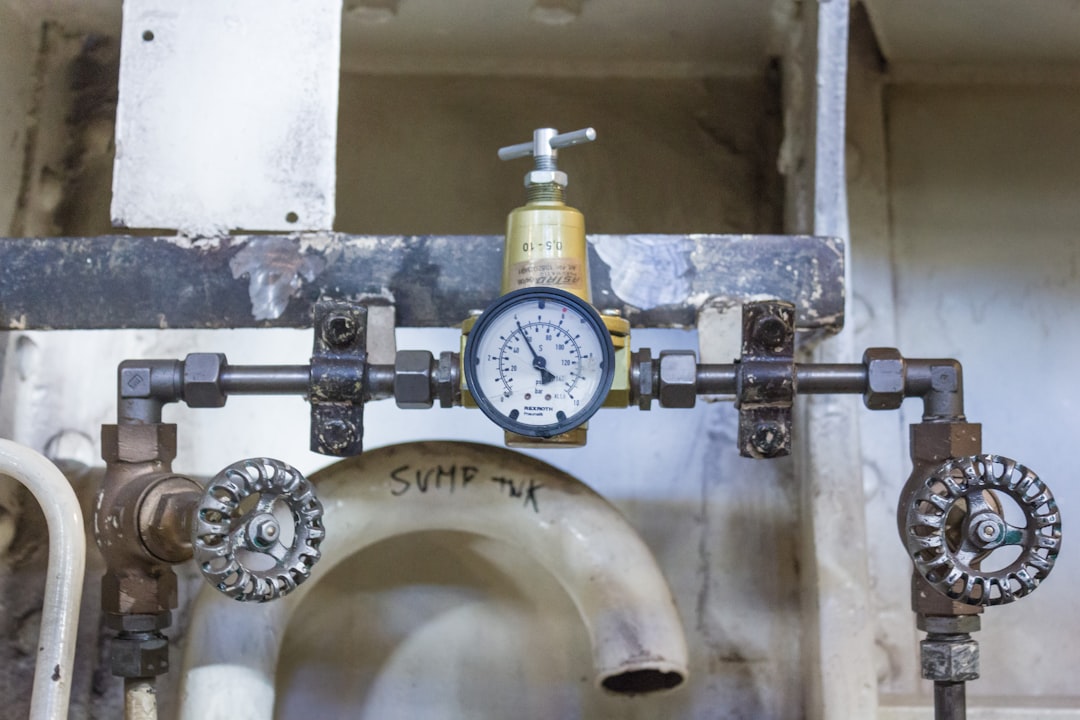
The wholesale plumbing fixture suppliers industry is undergoing rapid transformation as demands for efficiency, transparency, and smarter sourcing intensify. Contractors, distributors, and commercial buyers now expect partners who deliver quality products, competitive pricing, and seamless, digitally enhanced experiences that streamline procurement and provide actionable data. In a market where many interactions begin on a jobsite or showroom floor, the ability to capture intent and convert it into measurable pipeline is increasingly becoming a differentiator.
QR codes have emerged as a strategic means to address these persistent challenges. For plumbing supplies wholesalers, plumbing fixtures distributors, and commercial plumbing fixture suppliers, QR code technology creates an efficient bridge connecting physical products and sales environments to dynamic digital resources. This reduces friction when seeking product data, speeds up inquiry and ordering processes, and provides new ways to retarget interest that might otherwise go cold, especially when buyers engage without formally identifying themselves. By turning packaging, signage, catalogs, and invoices into active gateways to digital experiences, suppliers eliminate dead ends in the buyer journey and unlock real-time analytics.
By adopting QR code solutions tailored for the plumbing fixture supply chain, suppliers unlock faster customer response times, advanced analytics, improved segmentation, and stronger operational agility. These digital touchpoints help overcome issues of missing or outdated account data and incomplete engagement signals by feeding rich, account-level metrics into centralized systems. The sections below demonstrate how thoughtfully implemented QR codes can deliver game-changing advantages to wholesale plumbing fixture suppliers, spanning campaign execution, retargeting, revenue attribution, and beyond. Tools like Sona QR can support this transformation by centralizing QR creation, tracking, and revenue attribution in a single workflow.
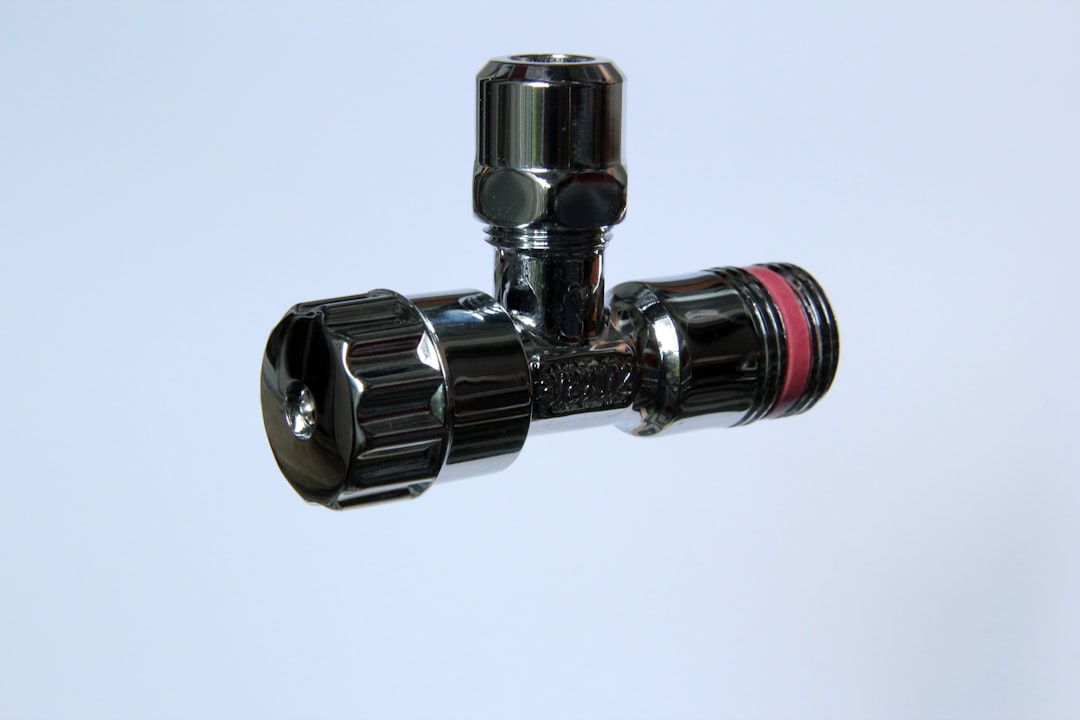
QR codes have become an essential tool for bridging the gap between physical touchpoints and digital interactions, a gap that often leads to missed opportunities and untracked high-value prospects in wholesale plumbing fixture sales. Suppliers frequently face the challenge of not knowing which potential buyers are engaging with printed materials, showroom displays, or packaging, which means many interested accounts never enter the CRM and valuable follow-ups are missed. What was once a static brochure on a counter becomes a measurable source of pipeline when a QR code links it to a product catalog, an RFQ form, or a time-sensitive promotion.
This section outlines how to create a seamless lead pipeline and customer access experience by replacing outdated analog workflows with QR-powered digital pathways. Instead of paper forms, manual sign-up sheets, and untracked phone inquiries, QR codes route every interaction to a digital destination that captures context, accelerates response, and syncs with your systems. With Sona QR, teams can manage codes at scale, tag scans for audience segmentation, update destinations as inventory changes, and view performance analytics that directly inform sales priorities.
By integrating QR code touchpoints throughout the buyer journey, you can replace traditional dead ends with pathways for immediate inquiry, follow-up, and analytics-driven engagement. The result is faster response times, clearer attribution of offline activity, and a consistent reduction in lost high-value commercial opportunities.

In plumbing fixture supply, a lack of visibility into how buyers interact with physical and digital assets can drag down conversion rates and limit account growth. Printed price lists, promotional flyers, and in-store signage are typically disconnected from digital systems, leaving suppliers in the dark about which companies are browsing, requesting information, or returning to research products. This blind spot leads to unclaimed leads and slower revenue cycles, particularly when jobsite decisions depend on quick access to specs or compatibility details. Industry leaders like A. O. Smith are already using QR programs to streamline product information access.
QR codes matter because they make every touchpoint actionable and measurable. With a single scan, buyers can view stock availability, confirm spec compatibility, request a quote, or unlock a promotion. This eliminates barriers that deter engagement, such as typing lengthy URLs or waiting for manual follow-up. For suppliers, each scan becomes a structured data point that can be fed into dashboards and CRMs to surface anonymous visitor patterns, quantify engagement hotspots by product family, and segment audiences by behavior rather than just form submissions.
Dynamic QR codes add content flexibility that aligns with the realities of the plumbing supply chain. If a product page changes or a promotion expires, you can update the destination without reprinting catalogs, signage, or packaging. This is particularly valuable for commercial or specialty lines where specifications, certifications, and inventory status evolve quickly. The ability to reconcile offline interactions with CRM and marketing automation data improves response times and pipeline accuracy, while closing the gaps where high-intent leads might otherwise remain invisible.
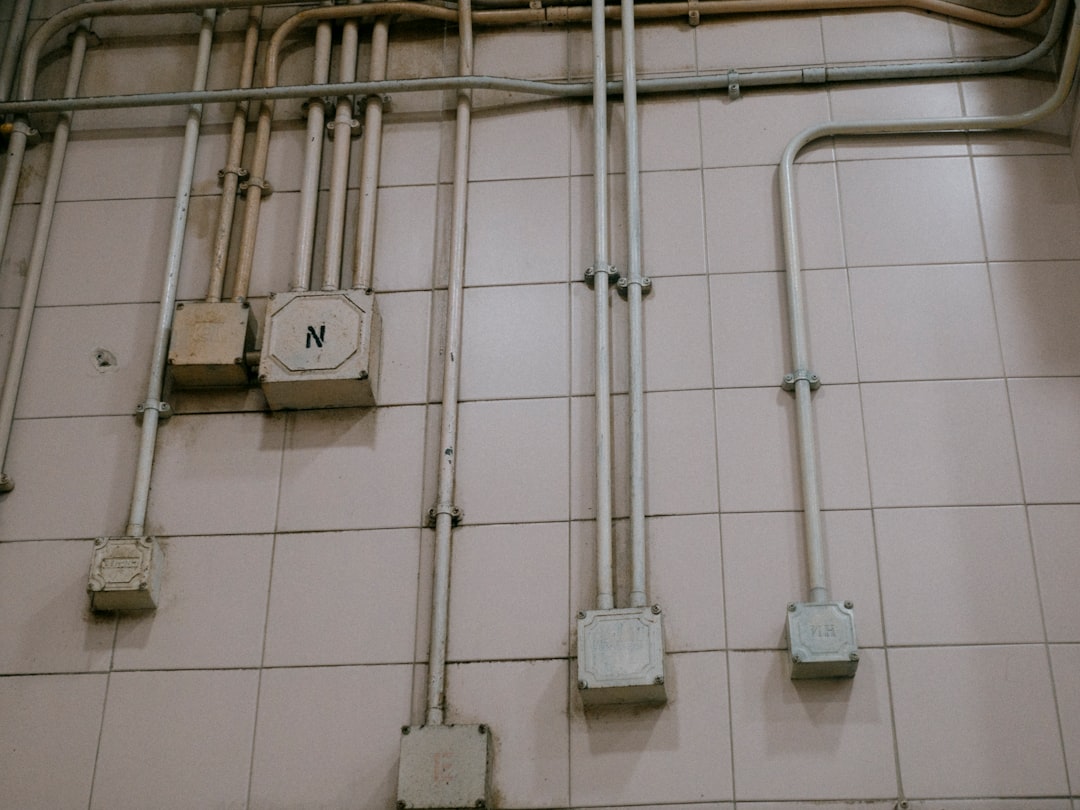
Plumbing fixture suppliers benefit from QR code formats that map cleanly to common procurement and service needs. The most valuable formats deliver current information, streamline orders, and initiate conversations in ways that are easy for contractors and purchasing teams to use on jobsites, in showrooms, and at events. Your QR strategy should balance simplicity for the buyer with data capture for the supplier.
When weighing formats, consider where the code will live and what action you want to trigger. Packaging and shelf tags often need instant access to specs and compatibility charts. Invoices and delivery documents are ideal for reorders and service requests. Trade show materials should prioritize lead capture and follow-up sequencing. Dynamic QR codes provide an advantage across all of these scenarios since you can optimize the destination and track performance without reprinting.
Dynamic QR solutions like Sona QR let you generate and manage any of these formats in one place. You can tag codes by product line, branch, campaign, or channel, then track scan behavior and update destinations as offers change, stock levels fluctuate, or new content becomes available.
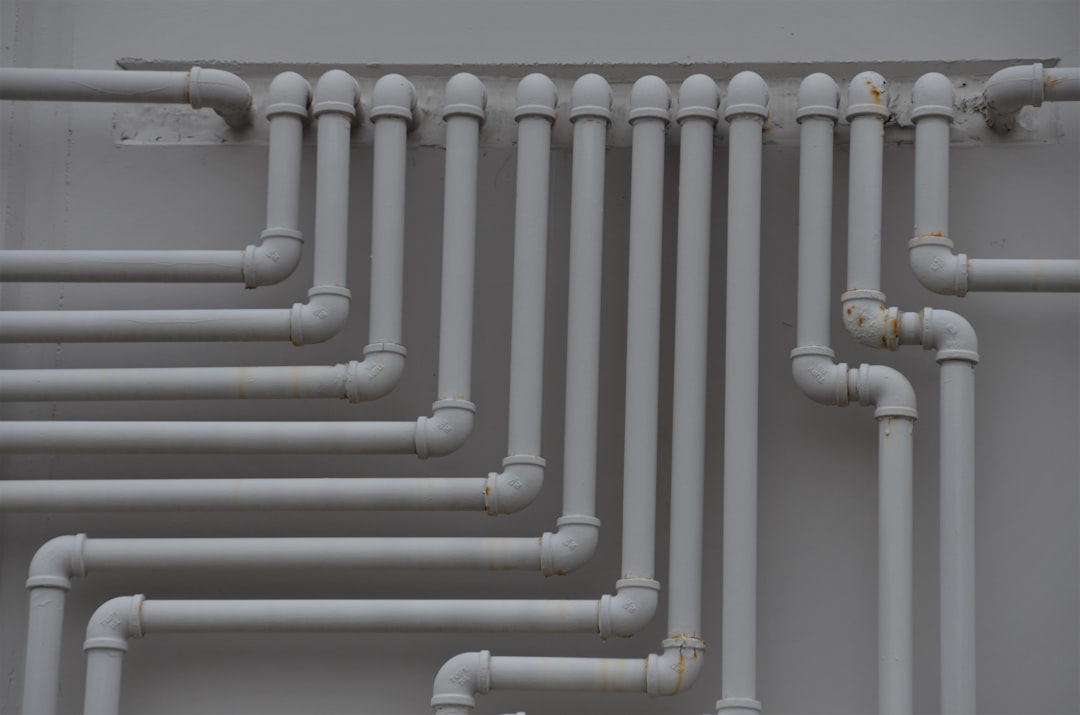
Growth in the plumbing supply sector is often capped by friction at critical conversion points, especially where engagement signals are undetected and winning prospects may be lost to competitors. High-value buyers frequently interact with offline touchpoints such as packaging, showrooms, events, or delivery documentation. Without QR codes, those interactions rarely produce actionable data for sales teams to pursue, and the next steps for the buyer are not always clear.
Deploying QR codes at these intersections unlocks measurable opportunities. Each scan not only enables an immediate action, it also creates a data trail that can be used for retargeting, account-based marketing, and sales activation. When every box, display, or document invites a digital next step, you multiply the chances of capturing intent and accelerating revenue.
By capturing engagement at every turn, suppliers move beyond passive collateral and actively cultivate high-value audiences. Over time, this creates a compounding effect in which your physical footprint drives a persistent pipeline of digital signals that are easy to follow up, segment, and convert.
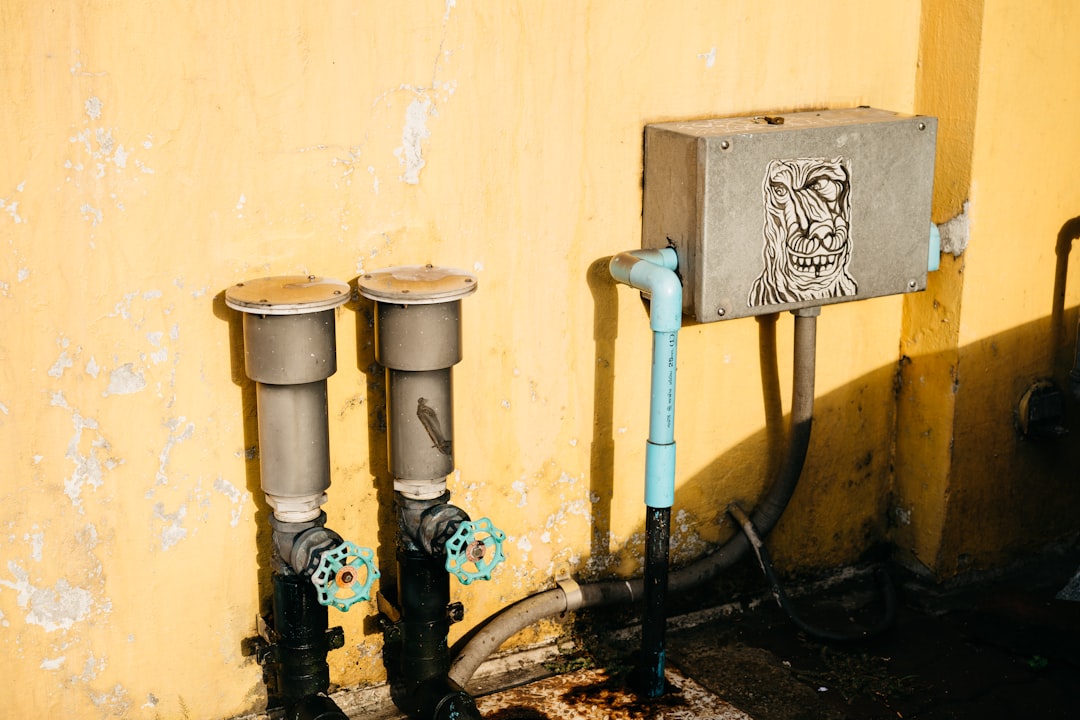
Real-world deployment of QR codes helps solve persistent pain points that originate in offline settings. When use cases are designed around common buyer motions, you convert friction into measurable outcomes, and those outcomes turn into repeatable playbooks. The following examples illustrate how to tie QR scans to meaningful business results.
Each of these use cases reduces time-to-action and increases data capture quality. Because dynamic QR codes allow destination updates, you can iterate messaging and offers without reprinting. This improves campaign agility and maintains relevance across product cycles and seasonal promotions.
Each QR code scan is a behavioral signal. It reveals intent, context, and timing in a way that traditional print or in-store interactions cannot. By deploying multiple codes across touchpoints and tagging them by use case, product family, and funnel stage, you create ready-made audiences that power precise retargeting and proactive sales outreach.
Start by mapping your buyer journey stages to specific scanning contexts. Awareness-level touches might include trade show banners and local print ads. Consideration touches could be spec sheets or showroom displays for a particular product family. Conversion touches include pricing sheets, RFQ forms, and reorder prompts. A code in each context feeds a segmented list that aligns with funnel stage and product interest.
With Sona QR, each code becomes a smart entry point that carries context through your stack. You can score engagement, suppress irrelevant messages, and time offers to match demonstrated interest rather than assumptions. Over time, this produces higher response rates and better pipeline accuracy.
QR codes are connectors across offline and digital campaigns. They enable real-time engagement wherever your audience encounters your brand and turn hard-to-measure channels into sources of reliable data. In wholesale plumbing fixtures, where catalogs, counter displays, events, and delivery interactions are recurring touchpoints, QR codes unify fragmented journeys into a cohesive experience.
Integrating QR codes into your marketing mix begins with aligning the code’s destination to the context. A showroom display should lead to product comparisons and finish options. A trade show banner should route to a short form with a clear incentive. A delivery manifest should drive reorders or service requests. By making each scan instantly useful and trackable, you increase the impact of every channel.
With a centralized platform like Sona QR, you can manage all codes, monitor performance by channel and placement, and sync scan data with your CRM and ad platforms. The result is a connected offline-to-online funnel that captures demand at the source and turns it into measurable outcomes.
Building a QR campaign for wholesale plumbing fixture suppliers is straightforward when you follow a structured process. The goal is to define a clear outcome, match it to an appropriate format and placement, ensure scannability in real-world conditions, and track performance from the first scan to revenue. A disciplined checklist shortens deployment time and increases your odds of early wins.
Use the steps below as a template for branch rollouts, seasonal promotions, event programs, and new product introductions. Keep copies of each asset’s QR code and metadata in a centralized system so you can update destinations, compare performance, and keep teams aligned across locations.
Start by identifying the business goal. Examples include increasing quote requests for a new commercial line, capturing lead data from trade shows, or enabling reorders from delivery paperwork. Map the use case to a buyer moment where a scan would be most natural and helpful.
Choose between static and dynamic codes. For long-lived evergreen content, a static code can work. For campaigns that require tracking, destination updates, or route changes by branch or inventory status, a dynamic code is best.
Codes must be visible, scannable, and accompanied by a compelling call to action. Design choices affect scan rates, so include a benefit-oriented CTA, sufficient white space, and a size appropriate to the viewing distance.
Roll out your codes to the places where intent is highest. Packaging, invoices, branch signage, trade shows, and direct mail all work well in this industry. Align destinations with the likely mindset of the scanner in each context.
Use analytics to monitor scan rates, measure conversion, and compare performance by placement. Optimization is easiest when you can see how scans translate into downstream actions such as form fills, quotes, and orders.
Suppliers often struggle to connect real-world interactions to revenue outcomes. Packaging impressions, showroom visits, and event conversations are rarely captured in a way that links them to pipeline. Modern QR code programs change that by offering full-funnel analytics from scan to sale, enabling a clear view of influence and ROI.
A robust analytics setup collects context about the scan, correlates it with downstream behavior, and ties outcomes to accounts and opportunities. This creates defensible offline attribution that supports smarter budget allocation and better sales prioritization. It also highlights where content or processes are underperforming, so you can adjust quickly.
Sona QR captures the scan, Sona.com interprets the journey, and together they help you make QR codes part of a performance marketing and sales enablement strategy. With this approach, you no longer fly blind after the scan. You see how interest progresses, where it stalls, and what interventions move deals forward.
QR programs scale effectively when they are consistent, trackable, and supported by frontline teams. The best-performing suppliers treat QR codes as a core part of how they publish information, capture intent, and activate follow-up rather than as a novelty. The tips below reflect patterns that work well in plumbing supply environments.
These practices not only address operational inefficiencies, they also convert every physical asset into a measurable growth lever. Over time, the combination of unique codes, rigorous attribution, and automated follow-up produces a self-reinforcing loop of better data and better outcomes.
QR codes are rapidly becoming a foundation for measurable, connected commerce in the wholesale plumbing fixture sector. In a high-touch, product-driven landscape, QR-driven engagement creates a frictionless link between offline assets and digital interactions. Suppliers can identify, segment, and activate buyers who might otherwise remain invisible, while buyers gain instant access to the information and actions that keep their projects moving.
At each key customer touchpoint, QR integration delivers precise analytics that power better targeting, personalized follow-ups, and just-in-time offers. A box becomes an onramp to specs and reorders. A showroom display becomes a gateway to finish comparisons and instant quotes. An event banner becomes a lead capture device with built-in attribution. Using a platform like Sona QR ensures that every scan is captured, enriched, and connected to downstream results, turning interest into measurable revenue impact. For deeper strategy on identification, see Sona’s guide to account identification, and when you’re ready, Start creating QR codes for free.
Selecting the right wholesale plumbing fixture supplier now involves assessing digital capabilities alongside product quality and price. Procurement teams increasingly value transparency, reliability, and the technical sophistication of ordering and follow-up processes. As buyers adopt digital-first behaviors in offline settings, a supplier’s ability to connect those experiences to data and service becomes a competitive edge.
QR-enabled experiences factor into several of the criteria that commercial buyers weigh. They demonstrate a supplier’s commitment to speed, accuracy, and accountability. They also reveal how effectively the supplier integrates marketing, sales, and operations to serve customers in real time. When evaluating suppliers, look beyond catalogs and discount tiers to the systems and experiences that support daily work.
Industry analysts increasingly point to the role of technologies such as QR code systems in delivering cross-channel accountability, reducing missed opportunities, and supporting continual process improvement. Consult peer feedback and recent reports to identify suppliers who have successfully integrated offline and digital engagement strategies.
Wholesale plumbing fixture suppliers face persistent challenges in tracking prospects, surfacing engagement signals, and tying physical interactions to revenue results. By embracing smart QR code strategies throughout their operations, suppliers can turn these pain points into competitive advantages. The payoff includes faster response cycles, richer sales intelligence, and data-driven workflows that sustain growth and loyalty.
Every well-placed QR code connects an offline asset to an online capability while feeding granular, attributable engagement data back into core systems. This closes attribution loops, enables true personalization, and reduces manual pipeline gaps. With CRM integration and automation, no high-value lead or upsell opportunity goes unflagged. Advanced analytics then guide investment toward the channels and content that drive revenue.
The move toward QR-enabled processes is becoming a hallmark of modern, high-performing wholesale plumbing fixture suppliers. These suppliers deliver transparency, speed, and tailored experiences to buyers at every stage. By operationalizing this approach with platforms like Sona QR and Sona.com, teams set new benchmarks for efficiency and customer satisfaction, positioning themselves at the forefront of evolving B2B commerce.
QR codes have transformed wholesale plumbing fixture suppliers from traditional inventory management and sales processes into dynamic, measurable growth channels. By enabling instant access to product specifications, installation guides, and real-time inventory updates, QR codes streamline operations and enhance customer experience. Imagine instantly providing contractors and retailers with all the information they need at their fingertips—boosting confidence, speeding up purchase decisions, and reducing errors.
With Sona QR, you can create dynamic, trackable QR codes in seconds, update content without reprinting labels or catalogs, and link every scan directly to sales data. This means no missed opportunities and smarter inventory and marketing management. Start for free with Sona QR today and turn every scan into a seamless connection, a satisfied customer, or a closed deal.
Top suppliers offer comprehensive fixture lines across residential and commercial segments, provide QR-enabled catalogs and spec libraries, ensure pricing transparency, and integrate digital services like self-service ordering portals and analytics platforms such as Sona QR.
Choose suppliers based on product breadth and depth, compliance and documentation accessibility, transparent pricing, digital service offerings, proven reliability with quantifiable results, and their ability to integrate QR code technology for enhanced customer engagement and operational agility.
Benefits include access to quality products at competitive prices, streamlined ordering and inquiry processes through digital tools like QR codes, improved transparency and accountability, faster response times, richer sales intelligence, and enhanced customer satisfaction via personalized experiences.
Compare suppliers by evaluating their product range, pricing transparency, availability of updated digital catalogs accessible via QR codes, efficiency of quote and order processes, and third-party testimonials or case studies demonstrating measurable outcomes like scan-to-quote rates and lead time reductions.
Popular items include commercial and residential plumbing fixtures such as pressure balance valves, trim kits, rough-in valves, and specialty inventory lines, often supported by QR codes linking to specs, installation guides, and real-time inventory for easier buyer access and self-service.
Use Sona QR's trackable codes to improve customer acquisition and engagement today.
Create Your FREE Trackable QR Code in SecondsJoin results-focused teams combining Sona Platform automation with advanced Google Ads strategies to scale lead generation

Connect your existing CRM

Free Account Enrichment

No setup fees
No commitment required

Free consultation

Get a custom Google Ads roadmap for your business






Launch campaigns that generate qualified leads in 30 days or less.
